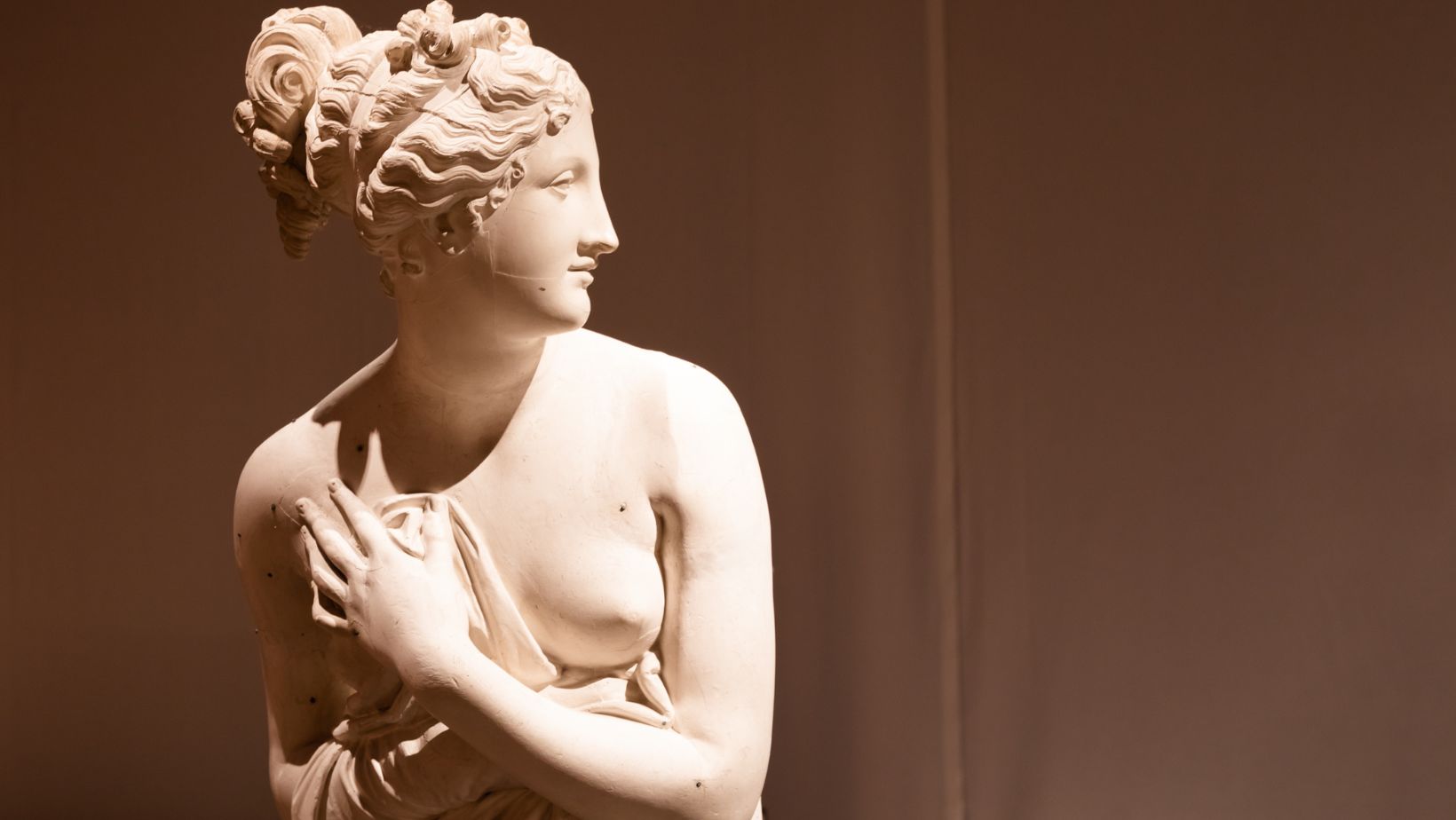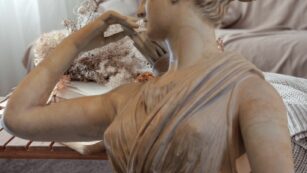
Exploring the world of Greek sculpture woman, I’m captivated by the timeless beauty and grace of ancient depictions of women. These sculptures, crafted with meticulous detail and unparalleled skill, offer a glimpse into the artistic mastery of the Hellenistic era. From the renowned Venus de Milo to the delicate Caryatids, each sculpture tells a unique story of femininity, strength, and elegance.
As I delve into the intricacies of Greek sculpture, I am struck by the reverence and admiration that these artists held for the female form. The idealized representations of women in marble and stone reflect not only physical beauty but also embody the virtues and ideals cherished by ancient Greek society. Join me on a journey through the enchanting world of Greek sculpture woman, where art, history, and mythology converge to celebrate the eternal allure of the feminine spirit.
Greek Sculpture Woman
The Role of Women in Ancient Greek Art
 Exploring the historical context of Greek sculpture unveils the profound role that women played in ancient Greek art. In the realm of sculpture, women were not merely subjects but embodiments of divine beauty, grace, and societal ideals. Greek sculptors, inspired by goddesses such as Aphrodite and Athena, crafted statues of women to symbolize virtues like wisdom, love, and strength. These sculptures served as reverent tributes to the intrinsic values that women embodied in Greek society, portraying them as paragons of beauty and resilience. The female form in Greek sculpture transcended mere physical representation, becoming a vessel for conveying the essence of femininity and virtue to the observer.
Exploring the historical context of Greek sculpture unveils the profound role that women played in ancient Greek art. In the realm of sculpture, women were not merely subjects but embodiments of divine beauty, grace, and societal ideals. Greek sculptors, inspired by goddesses such as Aphrodite and Athena, crafted statues of women to symbolize virtues like wisdom, love, and strength. These sculptures served as reverent tributes to the intrinsic values that women embodied in Greek society, portraying them as paragons of beauty and resilience. The female form in Greek sculpture transcended mere physical representation, becoming a vessel for conveying the essence of femininity and virtue to the observer.
Evolution of Sculptural Techniques Over Time
The evolution of sculptural techniques in ancient Greece marked a progressive journey of artistic innovation and skill refinement. From the archaic period to the Classical and Hellenistic eras, sculptors honed their craft, pushing boundaries to achieve unparalleled realism and expression in their works. Influenced by advancements in anatomy study and a deepening understanding of proportion, Greek sculptors revolutionized the art of representation, capturing intricate details with astonishing precision.
During the early archaic period, sculptures exhibited stiff poses and geometric stylization, gradually evolving towards more naturalistic and nuanced depictions in the Classical era. Artists like Phidias exemplified this shift by infusing sculptures with dynamic movement and lifelike expressions, setting new standards for realism in art.
Iconic Greek Sculptures of Women
The Venus de Milo
 I’ll delve into the world of Greek sculpture woman by exploring one of the most iconic representations of female beauty, the Venus de Milo. This renowned marble sculpture, dating back to around 100 BC, is believed to depict Aphrodite, the Greek goddess of love and beauty. Despite missing her arms, the statue exudes a sense of grace and elegance, exemplifying the idealized feminine form in ancient Greek art.
I’ll delve into the world of Greek sculpture woman by exploring one of the most iconic representations of female beauty, the Venus de Milo. This renowned marble sculpture, dating back to around 100 BC, is believed to depict Aphrodite, the Greek goddess of love and beauty. Despite missing her arms, the statue exudes a sense of grace and elegance, exemplifying the idealized feminine form in ancient Greek art.
The Caryatids of the Erechtheion
Moving on, let’s uncover the significance of the Caryatids of the Erechtheion, another set of remarkable Greek sculptures portraying women. These graceful figures, serving as columns to support the roof of the Erechtheion temple on the Acropolis of Athens, symbolize the enduring strength and beauty of women in ancient Greek society. Carved with intricate detail and draped in flowing garments, the Caryatids stand as architectural marvels, showcasing the blend of art and function in Greek craftsmanship.
Artistic Features of Greek Sculptures
Symbolism and Significance
 In Greek sculpture woman were portrayed with symbolic significance, embodying various virtues and ideals revered by ancient Greek society. These sculptures often represented goddesses, muses, or mythological figures, reflecting qualities such as beauty, wisdom, and strength. The portrayal of women in Greek art symbolized divine beauty and the embodiment of cultural values, emphasizing the idealized standards of femininity.
In Greek sculpture woman were portrayed with symbolic significance, embodying various virtues and ideals revered by ancient Greek society. These sculptures often represented goddesses, muses, or mythological figures, reflecting qualities such as beauty, wisdom, and strength. The portrayal of women in Greek art symbolized divine beauty and the embodiment of cultural values, emphasizing the idealized standards of femininity.
Materials and Methods Used
Greek sculptors employed various materials and techniques to create their masterpieces, showcasing their skill and innovation. The most common materials used included marble, bronze, and terracotta, each offering unique properties for sculpting. Marble sculptures, such as the Venus de Milo, exemplified the sculptors’ prowess in capturing delicate details and achieving a lifelike appearance. Bronze sculptures displayed a different level of artistry, with artists utilizing techniques like lost-wax casting to create intricate and dynamic pieces.
